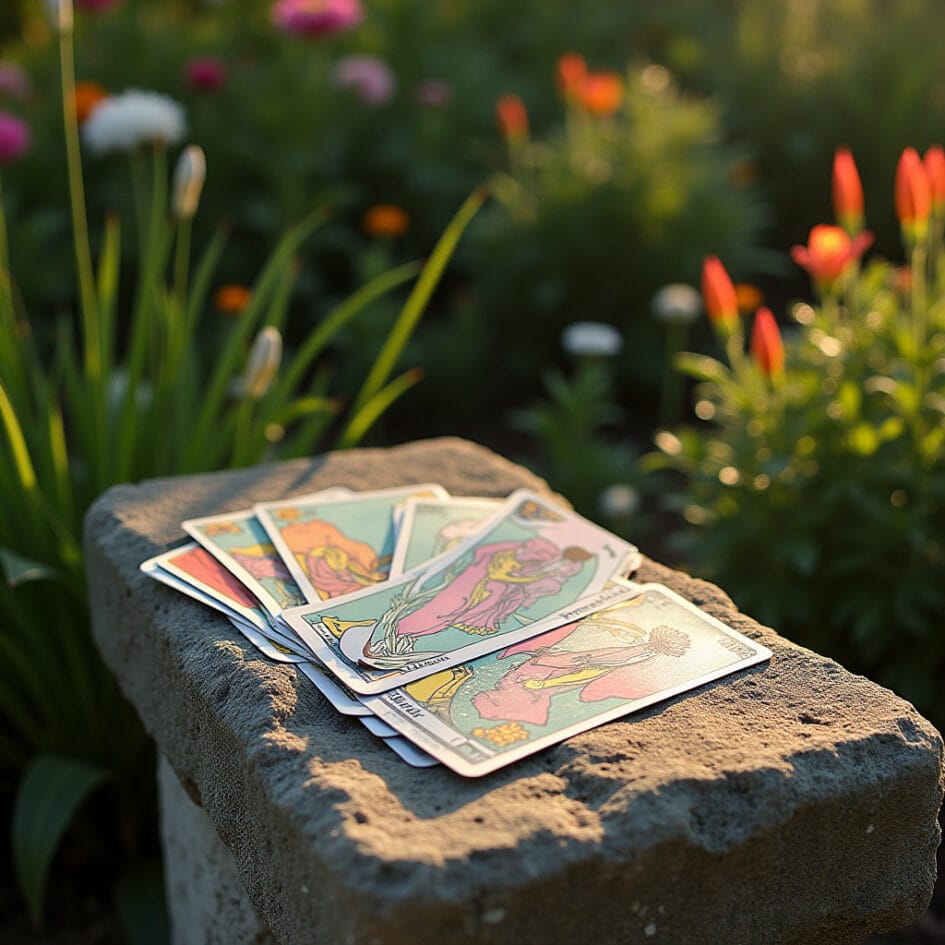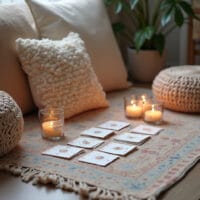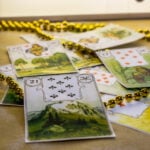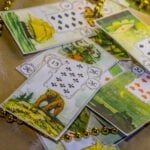Start your day with a Lenormand Card of the Day and gain insight into what’s ahead. This simple yet powerful Lenormand reading offers a quick glimpse into your daily energy, helping you make informed decisions.
Whether you’re seeking clarity on love, career, or personal matters, drawing a daily Lenormand card can provide valuable guidance. No prior experience is needed—simply choose a card and receive your free daily reading instantly.
Pick your Lenormand card now and see what the day holds for you!
Your Lenormand card today is...
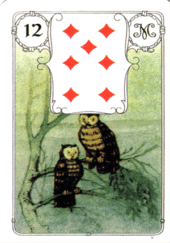
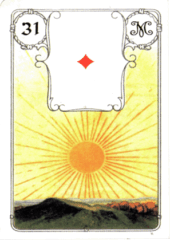
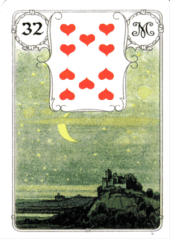
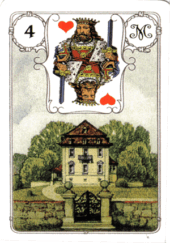
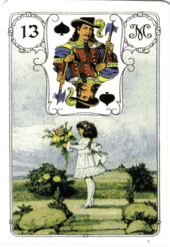
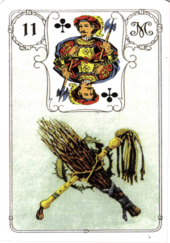
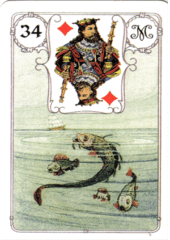
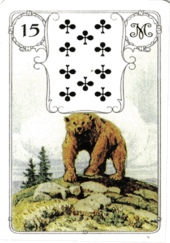
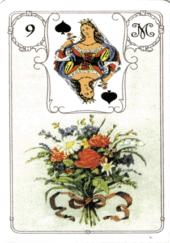
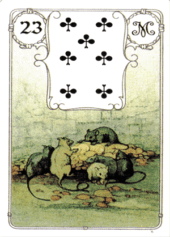
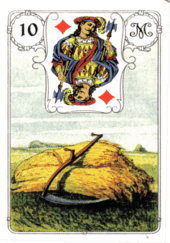
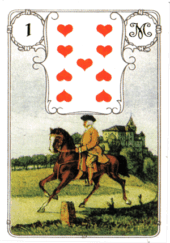
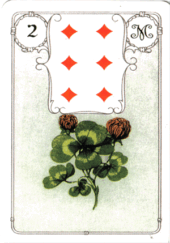
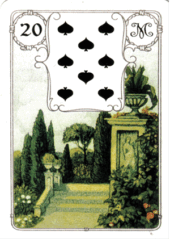
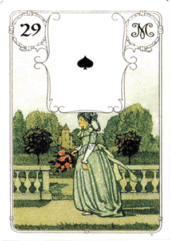
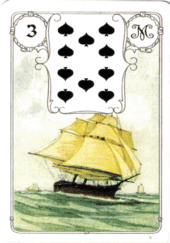
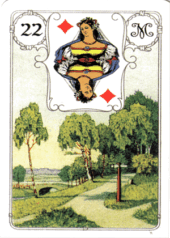
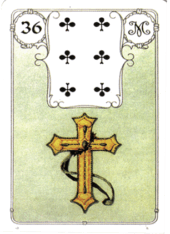
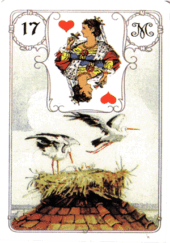
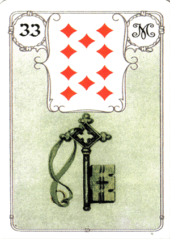
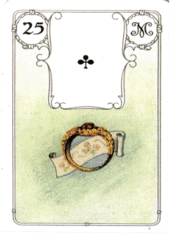
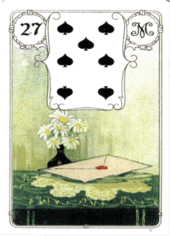
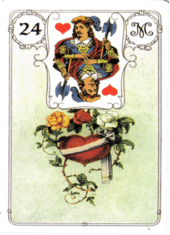
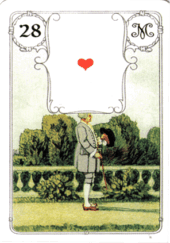
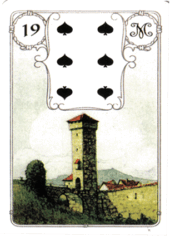
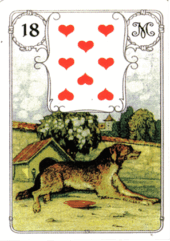
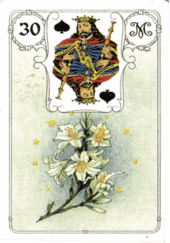
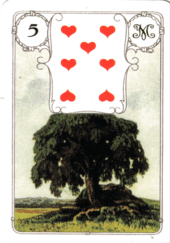
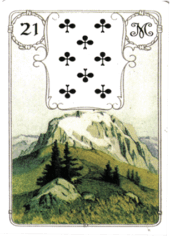
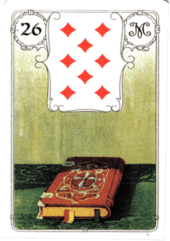
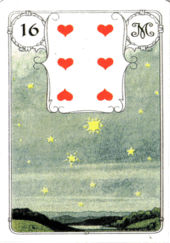
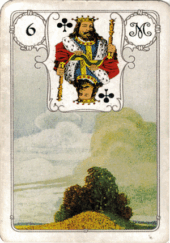
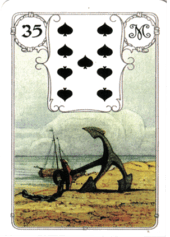
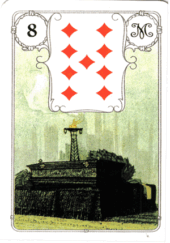
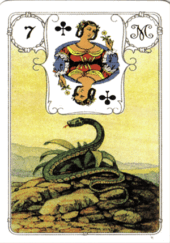
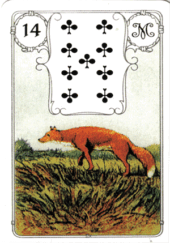
If you’re looking for a more specific reading, check out our other spreads:
Will I find what I lost?: This one card reading is considered to be one of the most accurate and useful types of divination. With the help of Lenormand cards, everyone can find out what the prospects are for getting back what they consider lost.
Lenormand Reading For Relationship: Using 6 cards this reading will help you analyze your relationship, learn more about relationships and feelings, as well as what your fate has given this relationship and how it will develop in the future.
Lenormand Reading For Situation: This three-card reading will help you concentrate on the important questions and get a solution to your problem.
Lenormand Reading Success: Using 5 cards, this Lenormand Reading will suggest what you should do and what prospects you have to succeed.
